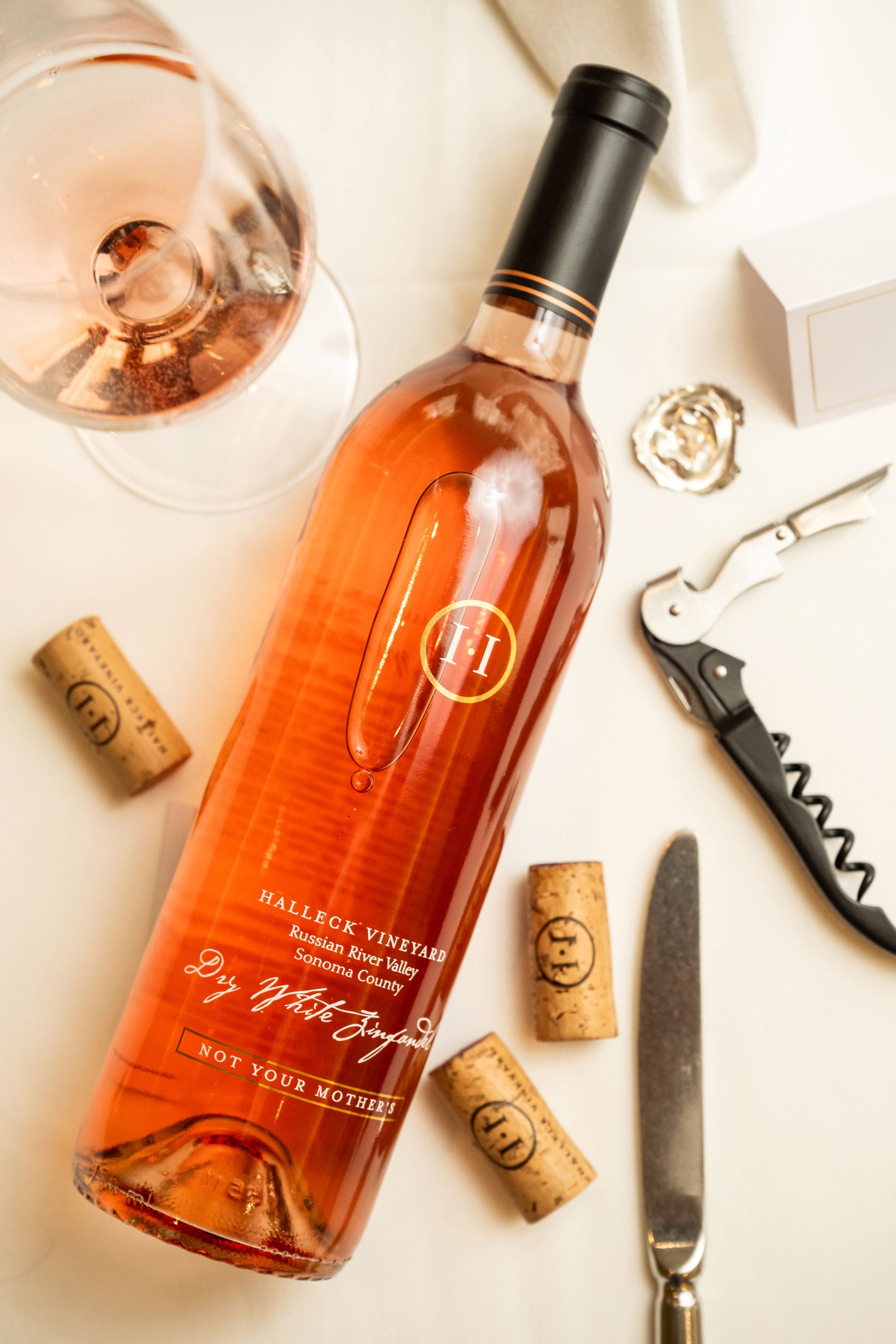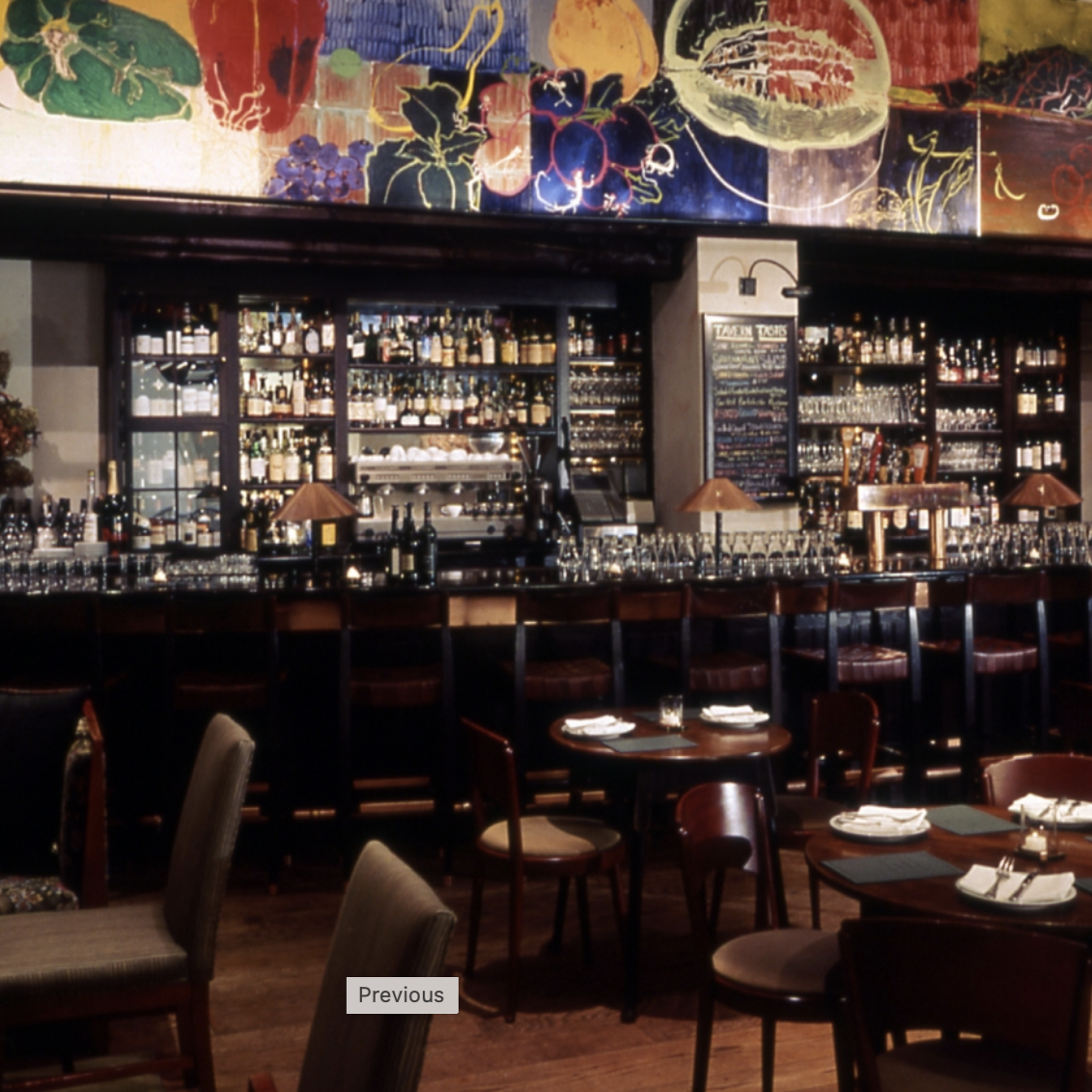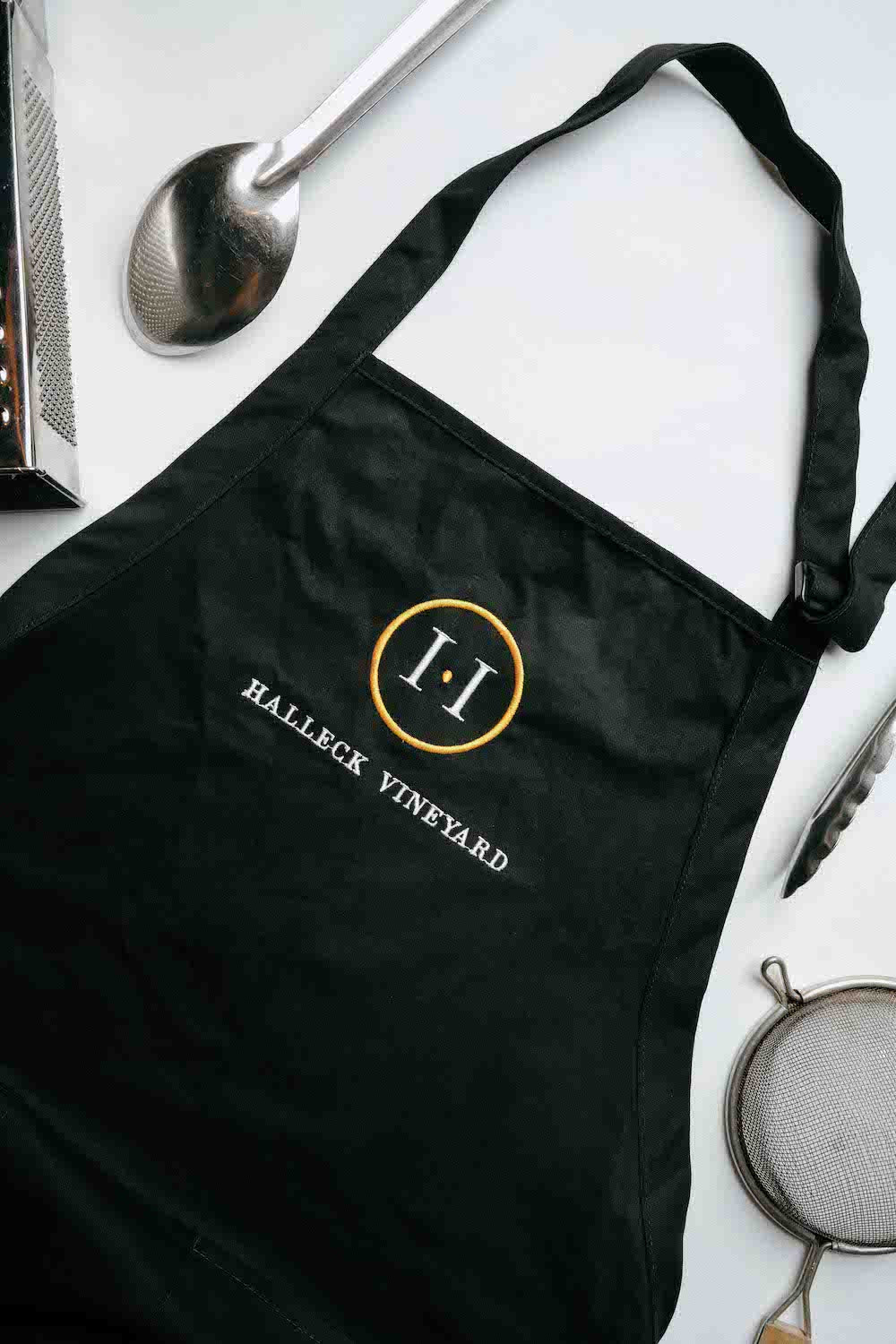Wineries With Breathtaking Gardens In Sonoma - Sonoma Vineyards Worth Visiting
Wine tasting is an art that combines sensory experience with an appreciation for the nuances of different varietals. How to evaluate flavors in winery wine tasting periods is pivotal to grasping the complexities of wine.
Engaging in a wine tasting involves greater than simply sipping and savoring. It requires a centered method to determine aromas and flavors that each wine presents. As you start, observe the wine's look, noting its color and readability. These visual cues typically counsel a wine’s age, grape selection, and even potential flavor profiles.
The next step within the tasting process is to swirl the wine in your glass. This motion releases aromatic compounds which might be very important for evaluation. Lean in and take a moment to inhale deeply; the aromas can vary from floral and fruity to spicy and earthy. The nostril of the wine is simply as essential as the palate, and recognizing scents performs a significant position in understanding the overall experience.
When taking your first sip, allow the wine to move throughout your palate - Wineries Specializing In Sparkling Wines. Notice the initial flavors that present themselves. Is the wine fruity, floral, or maybe herbaceous? This initial style gives perception into what the wine is likely to specific as you continue to judge it. The mouthfeel additionally contributes to the general flavor experience; it can be silky, tannic, or even effervescent.
Wineries With Artisan Chocolate Pairings In Sonoma - The Beauty Of Sebastopol Wineries
As you continue tasting, pay attention to the wine’s steadiness. A well-balanced wine will harmonize acidity, sweetness, and tannins. If one component overwhelms the others, it might indicate a less desirable quality. Evaluating balance can help you identify how well the wine may pair with food.
Transitioning to the finish, think about how the flavors evolve as the wine lingers in your palate. A lengthy, nice end can indicate a high-quality wine, while a short or abrupt finish might suggest otherwise. Replicate on whether or not the flavors stay consistent or if new notes emerge because the wine settles. This development can reveal complexities and intricacies that may not have been apparent within the preliminary tasting.
Temperature can be an important consider evaluating wine flavors. Completely Different forms of wine are optimally loved at specific temperatures. White wines often shine when chilled, while red wines generally perform finest at room temperature. When tasting, make certain the wine is on the applicable temperature to totally recognize its character.
Wineries With Educational Tours In Sonoma - Sonoma Wine Tasting Recommendations
Pairing food with wine can significantly enhance the tasting experience. Meals can influence the perception of flavors in wine, both highlighting certain characteristics or diminishing them. When evaluating flavors, think about how the wine interacts with completely different foods, noticing which flavors are amplified or muted (Wineries That Host Harvest Festivals).

Consider the influence of terroir as you interact in a winery tasting. Terroir encompasses the unique environmental components that have an effect on grape growing, together with soil composition, climate, and geography. Understanding a wine's terroir can provide perception into its flavors and aromas, fostering a deeper appreciation for the choices made during its cultivation and manufacturing.
Training performs a elementary function in enhancing one's capacity to judge wine flavors. Learning about grape varieties, wine click for source areas, and production strategies can pave the greatest way for extra knowledgeable judgments throughout tastings. Moreover, attending workshops or classes can refine sensory skills and broaden your flavor vocabulary, enabling you to articulate tasting notes extra effectively.

Finally, it is important to keep in thoughts that evaluating wine flavors is a highly personal experience. Individual preferences and perceptions will invariably form one’s tasting journey. Enjoyment should be at the forefront, with the evaluation course of acting as a software to boost understanding and appreciation somewhat than create rigid guidelines.
Wineries With Picnic Areas - Tasting Fine Wines In Sonoma County
In conclusion, mastering how to evaluate flavors in winery wine tasting periods involves a mixture of sensory engagement, knowledge, and practice. By studying to determine aromas, assess the steadiness, and recognize the intricacies of flavor, wine enthusiasts can deepen their connection to every bottle they encounter. As with any art kind, the extra one immerses themselves within the experience, the extra they may discover and enjoy the huge world of wine.
- Start by observing the wine's colour and clarity, as these visual components can trace at its flavor profile and growing older potential.
- Swirl the wine gently in your glass; this releases aromatic compounds, permitting you to raised identify the complicated scents associated with the wine.
- Take a deep inhale before tasting, focusing on both main and secondary aromas to collect insights on fruits, spices, and other nuances.
- When tasting, allow the wine to coat your palate; note the preliminary flavors, the mid-palate complexity, and the end as these stages can present completely different flavor highlights.
- Pay consideration to texture and mouthfeel, as features such as tannin levels, acidity, and sweetness contribute considerably to the general tasting experience.
- Examine flavors in opposition to normal wine traits; for pink wines, think about berry notes, oak influence, and herbal tones, whereas whites could embrace citrus, stone fruits, and floral hints.
- Take notes through the tasting session to trace your impressions, serving to you to remember and consider the totally different wines sampled.
- Focus On your findings with fellow tasters or winery workers, as sharing insights can improve understanding and appreciation of individual flavors.
- Permit time for the wine to breathe; generally, flavors evolve and reveal new dimensions after being exposed to air.
- Experiment with food pairings during the tasting as they will dramatically alter how flavors are perceived, influencing general enjoyment.undefinedWhat ought to I look for when evaluating the aroma of wine during a tasting?
Begin by swirling the wine in your glass to launch its aromas. Bring the glass to your nostril and take a deep breath. Pay consideration to the primary scents you detect, as these are sometimes probably the most outstanding. Look for fruit, floral, natural, or earthy notes and attempt to establish specific characteristics, which can deepen your understanding of the wine's complexity.
Interactive Wine Tasting Experiences In Sonoma - Celebrated Wineries Around Sebastopol

How can I distinguish between completely different flavor profiles in wine?
Perceive that flavor profiles are often categorized as fruit, floral, herbaceous, spicy, or mineral. Take small sips and allow the wine to coat your palate. Notice the primary flavors that emerge first and the subtle notes that observe. This layering is important in distinguishing the wine's traits and can allow you to recognize its unique profile.
Wineries In Green Valley - Sebastopol Wine Country
What is the significance of the wine's texture in a tasting?

The texture of the wine, also known as mouthfeel, plays a crucial function in how we understand flavors. Pay consideration as to if the wine feels smooth, creamy, or gritty. The body of the wine (light, medium, or full) can improve or contrast with flavors, offering a extra rounded experience during tasting.
How do I assess the balance of flavors in wine?
Stability in wine refers back to the concord between acidity, sweetness, tannin, and alcohol. Take a moment to evaluate whether or not these continue reading this parts complement or interfere with each other. A well-balanced wine could have none of its components overpowering the others, creating a pleasing tasting experience.
Wineries Offering Educational Wine Seminars - Wineries In The Sebastopol Region
What function does temperature play in evaluating wine flavors?
Temperature can considerably impact the notion of flavors. Typically, purple wines are greatest served barely under room temperature, whereas white wines get pleasure from being chilled. As the temperature adjustments, the aromas and flavors can shift, allowing you to understand totally different traits. It’s important to style wine at its optimum temperature for true evaluation.
Vineyard Tours With Guided Tastings In Sonoma - Exploring Sonoma's Wine Landscape
How can I enhance my tasting skills over time?
Practice is key to improving your tasting skills. Wineries With Outdoor Seating. Attend tastings, maintain a journal of your experiences, and discover different types of wines to broaden your palate. Moreover, learning about wine manufacturing and grape varieties can present context that enhances your evaluation process, making you a more informed taster.
Is there a selected order in which I ought to style the wines?
Wineries With Beautiful Architecture - Top Wineries To Visit In Sebastopol
Sure, it’s advisable to taste wines from light to full-bodied and dry to sweet. This progression prevents the stronger flavors from overshadowing the more delicate ones, permitting you to totally respect each wine's characteristics and nuances with out palate fatigue.
How can I consider the aftertaste of wine?
Wineries With Unique Varietals - Sebastopol Wine Tours And Vineyards
The aftertaste, or end, is a crucial aspect of the wine-tasting experience. After swallowing, take note of how lengthy the flavors linger on your palate and whether they change. A long, pleasant finish is usually an indicator of a high-quality wine, whereas a short or unpleasant finish could suggest otherwise.
Why is it important to notice the wine’s acidity during tasting?
Acidity contributes to the general freshness and structure of the wine. Pay consideration to the tingling sensation in your tongue; higher acidity can improve the wine's liveliness and balance out sweetness. Noting acidity helps decide the wine's versatility with food and its getting older potential.
What should I do if I struggle to identify particular flavors in wine?
Wineries Showcasing Local Art And Crafts - Sonoma Vineyards For A Perfect Day Out
Struggling to establish flavors is widespread, especially for newbies. Focus on broader categories and describe what you presumably can acknowledge, such as sweet or earthy notes. With practice, reading about completely different flavor profiles, and maybe using flavor wheels, you may refine your senses and develop a more nuanced method to tasting.